Location is key to a thriving plant! That’s why you should know about these worst spots to keep coleus in your home and garden.
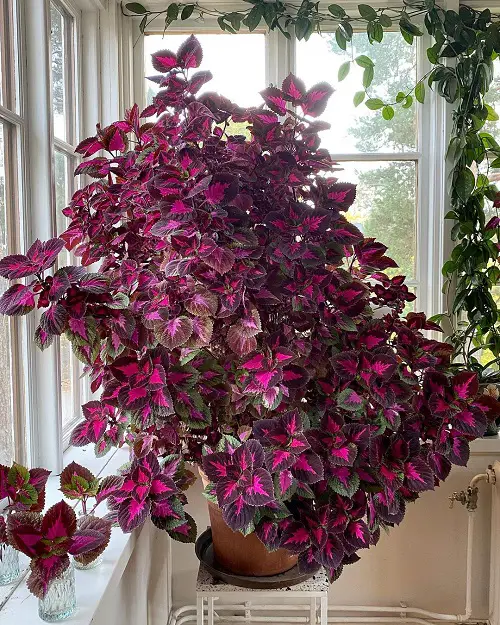
There’s nothing like filling your indoor spaces with healthy and flourishing companions, but remember, the right placement is what matters the most. Let’s talk about the most avoidable spots to keep a coleus plant in your home to make it thrive and stand out better.
Requirements for Growing Coleus
The first thing to learn is your plant’s growing requirements to avoid wrong placements! It thrives in bright spaces that give a dappled sunlight effect during the day.
However, it needs protection from the harsh midday sun, which will scorch away its beautiful colors. And if you keep it in the low light, this plant won’t be able to survive; this is why balance is necessary.
If yours is indoors, look for an east—facing windowsill, balcony, or other bright location. If it’s a western or southern direction, provide shade in the afternoon or keep the plant slightly away. These are some spots where soft morning sun rays and evening sunlight can be enjoyed.
Besides, coleus plants appreciate moderate to low humidity, so if you want one for your bright bathroom or kitchen spaces, go ahead! But what kind of spots do you need to avoid? Let us see!
Worst Spots to Keep Coleus in Your Home and Garden
1. Watch Out for South-Facing Windows!
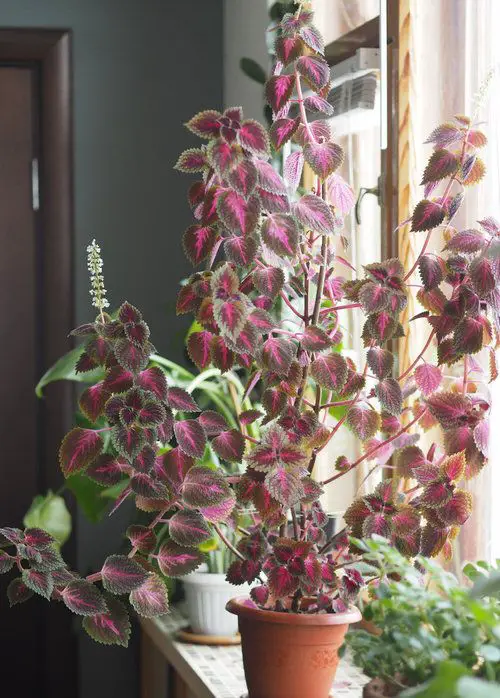
Want to keep the colorful variegations always lively and vibrant? Don’t put your coleus out in direct sunlight, especially in the summer. Prolonged exposure to such strong sun rays near a south-facing window will lead to lifeless, sunburnt, and wilting leaves, so watch out!
Look for bright windowsills, table tops, staircases, balconies, and other areas where direct sunlight will not be a problem!
2. Very Dark Spots Indoors
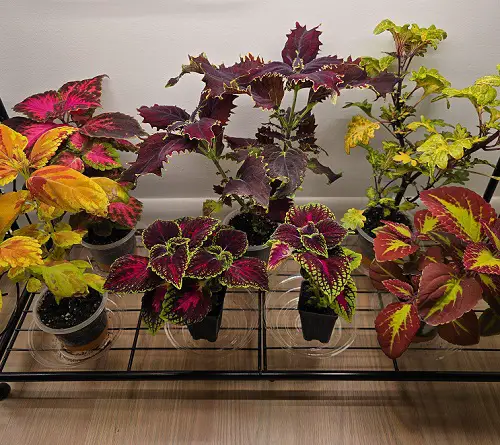
Low-light spaces are the topmost places to avoid while growing coleus indoors! Although it can tolerate such conditions for a short period, it won’t for a long time.
Avoid dark basements, closets, empty rooms, and dark staircases. If the space is dark for most of the day, it’s not a good location unless you install LED grow lights.
Coleus plants thrive best under trees that provide shade and dappled sunlight, thanks to the bright sunny days outdoors. That being said, if you grow one indoors, try to look for a bright spot—indoor environments aren’t as bright as outdoors!
3. Near Air Conditioners
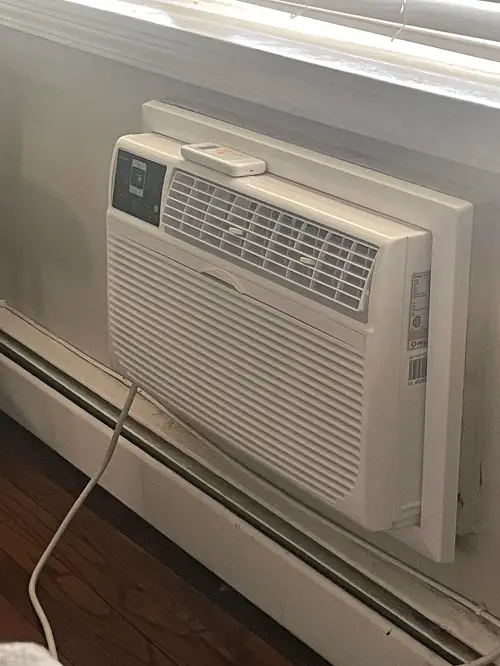
Air conditioners are essential in summer; living without one would be quite unbearable in some tropical and arid climates! However, as they make our lives easier today, they might not work the same for plants.
Consistent use of ACs disrupts indoor humidity and increases dry air. It won’t last long if your coleus has been sitting too close to it. It will show early signs of stress, like dry, brown leaves, and eventually die.
4. Continuous Exposure to Cold Drafts
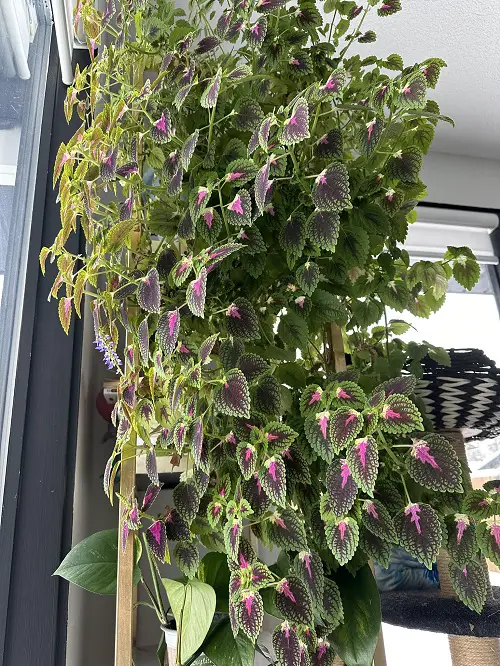
Coleus plants are winter-hardy perennials, although they need a stable temperature and humidity level to thrive in the cooler months.
If yours is along exterior walls, near windows and doors, and in areas with poor insulation, it will struggle to adapt to the temperature fluctuations each time you open the door or from the drafty vent.
How can you fix this? Avoid spaces such as entryways, large windows, vents, or areas near open windows. These places can suddenly get very cold and aren’t ideal for your coleus. You can also try these hacks!
5. Near Heaters and Radiators
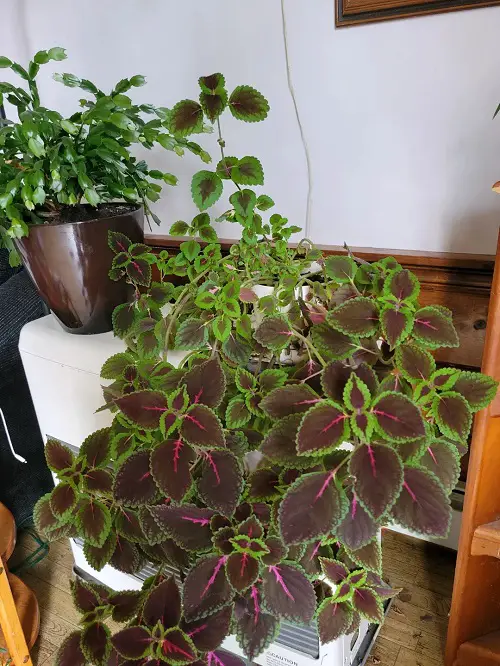
Similar to ACs and cold drafts, too much hot air can suddenly affect the temperature. Coleus mostly prefers temperatures between 65°F to 75°F (18°C to 24°C).
Your coleus plant will experience shock and dehydration if it goes beyond that. Do it a kind favor and keep it away from vents and radiators, and rather look for areas like tables, bookshelves, and countertops.
6. Near Infested Plants
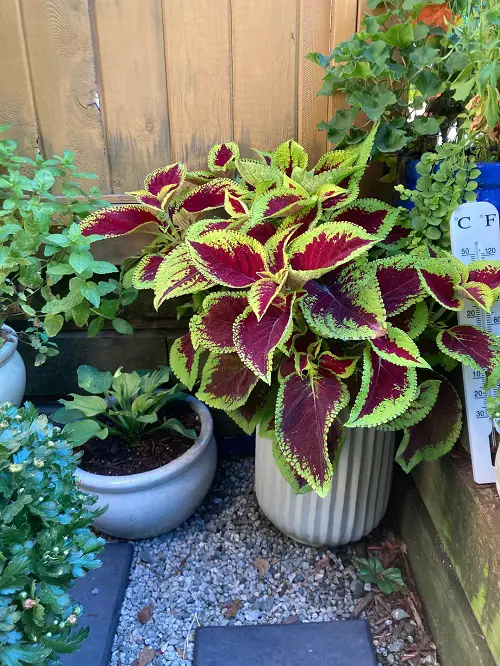
Coleus isn’t bothered by diseases much, but is quite susceptible to insects like mealybugs, spidermites, aphids, whiteflies, and slugs.
Sometimes, we may not realize that our plants have an issue and accidentally take the worst step, which is placing a healthy plant near an infected companion! In such cases, pests can easily hitchhike to the healthy one.
How to fix this? If you notice any signs of pests, quarantine the infested plant in another location. It prevents spreading, and this way, you can treat that one plant effectively.
7. On Top of a Refrigerator

Do you know how refrigerators work? They are very good at moving warm air inside through a refrigerant and releasing warm, dry air outside. This eventually builds a warm and dry environment around it.
It’s why you shouldn’t be keeping your coleus on top of a refrigerator, as simple as that! Even though it might look beautiful to you, your coleus might not feel the same way. It’s not bad for all plants, though. Here are some great choices for this spot!
8. Too Close to the Fireplace
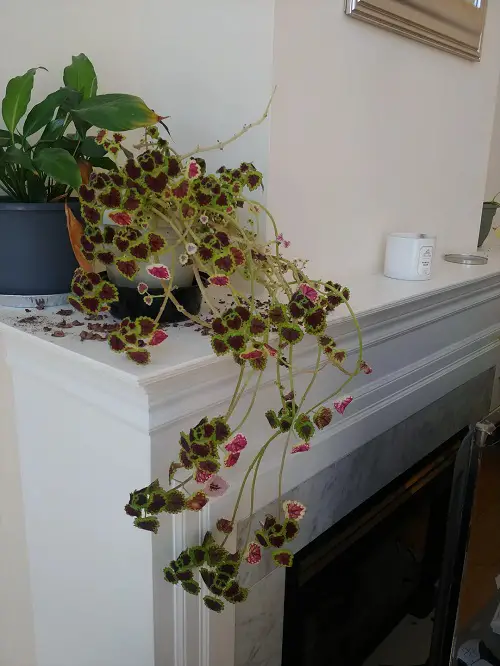
Fireplaces are cozy enough for us, humans to enjoy a warm space in the cooler months, and in fact, mantle decorations look top-notch during festivities, too! Even your houseplants might enjoy it, but only from a distance, not anywhere nearby!
The continuous hot air from a mantle will wilt away the beautiful foliage in no time, and you’ll be left with only a dry and weak coleus before you even realise it! So keep your coleus plants away from the mantle and other fireplaces, probably 10-12 feet away is good enough.
9. Near Your Adorable Pets
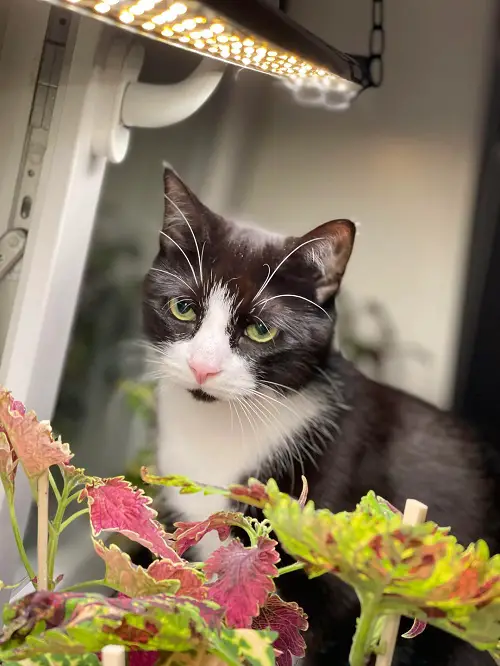
Wait, you didn’t know? Yes, Coleus is toxic to dogs and cats! Vomiting, diarrhea, depression, anorexia, and occasionally bloody diarrhea are some of the symptoms they might show upon consumption of the leaves.
That’s why it’s best to plant your coleus somewhere where your pets won’t be able to reach out, or keep it at high-level placements like tabletops, countertops, or shelves indoors.
Well, then, hope you have a happy and healthy coleus collection in the future. Let us know about your journey as well!


